
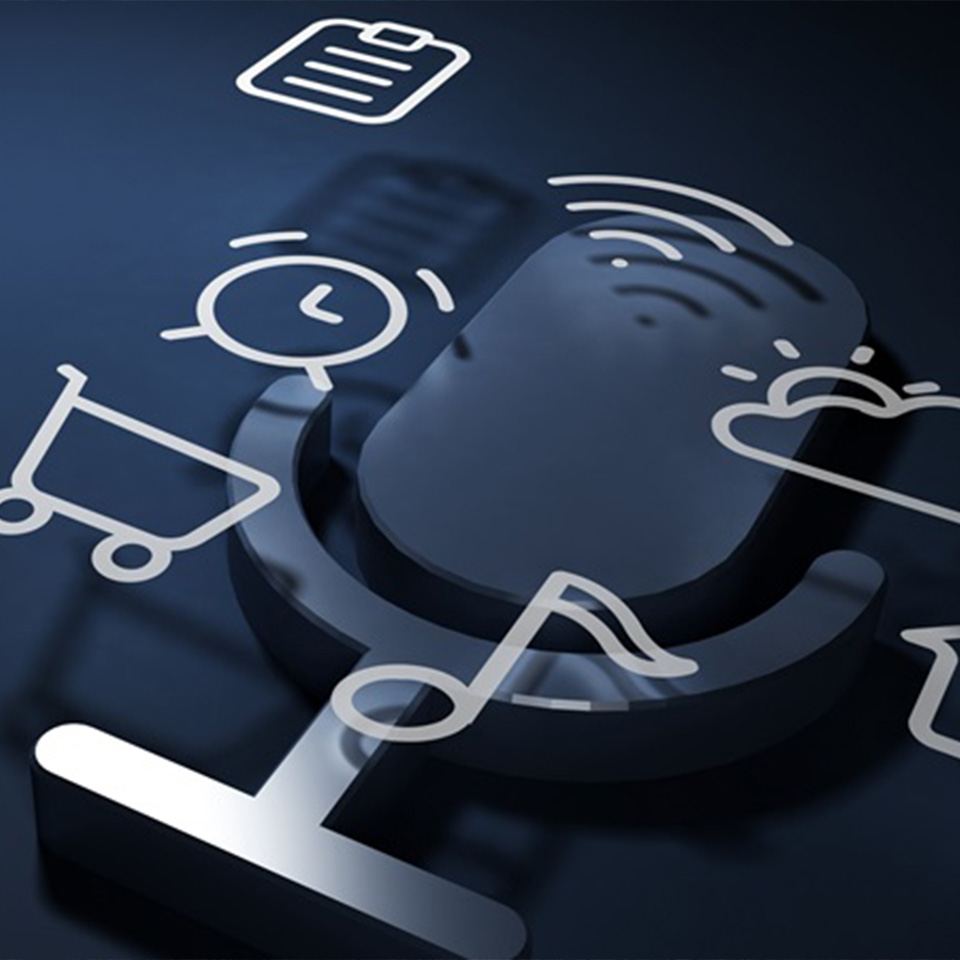


Voice recognition technology is no longer a foreign technology. Whether you are home, driving, or working, we are utilizing voice recognition technology with ease. Voice recognition especially has been used in cars widely for safety reasons for a long time. The advent of voice recognition technology goes much further back. There were people researching voice recognition technology since long ago. Since when was voice recognition technology researched? We looked into how as of 2021, voice recognition technology is closely related to our everyday lives.
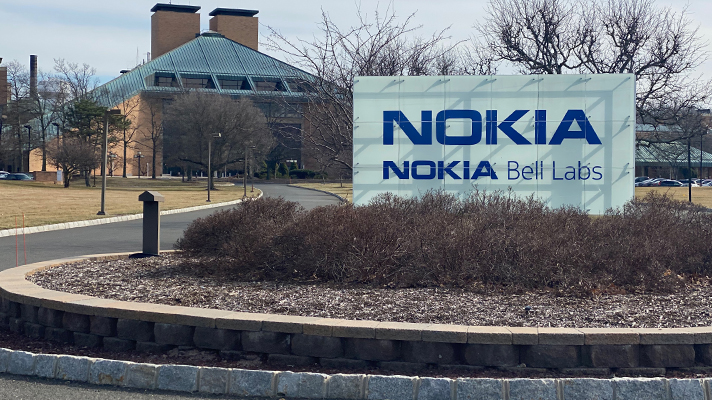
The first voice recognition technology research began at a U.S. communication business AT&T’s Bell Research Center. This research center gets its name from ‘Graham Bell,’ who invented the telephone. This place researches the electronic communication and basic science technology; it created inventions that lead todays’ IT technology like transistors and Charge-Coupled Device and is well known to have cultivated many Nobel Prize winners. In 1952, Bell Research Center develops ‘Audrey,’ a system that can recognize numbers said by a single voice. It was a numbers-only recognition system. Technology developed quickly, and in 1962, a U.S. computer/information machine manufacturer IBM introduced ‘Shoebox,’ a device that can recognized 16 English words and do simple numbers calculations. Since then, an exclusive hardware that recognizes human language was developed by the U.S., England, Japan, etc., and voice recognition technology was developed to a level that recognized 4 vowels and 9 consonants.
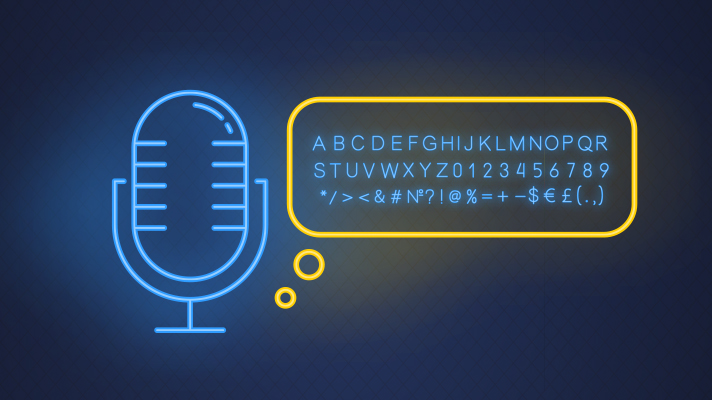
Early voice recognition technology was often used and researched for military purposes. In the 1970s, DARPA (Defense Advanced Research Projects Agency) under the U.S. Ministry of Defense carried out a voice comprehension research program and succeeded in recognizing voice that would say 1,000 consecutive words. Voice recognition technology, often used for military purposes, became commercialized in the 1990s. Commercial voice recognition products that could recognize and express a few words were introduced, followed by voice recognition products that could recognize consecutive speech. When smart phones were launched in the 2000s and voice recognition technology was installed onto them, people could utilize the voice recognition function intuitively and swiftly without going through many stages manually. With smart phone voice recognition technology, intelligent voice recognition technology that processes human natural language and operates complex functions could be widespread

Recent voice recognition technology is becoming more advanced. AI is now developed to be able to learn more information and provide complex and multi-dimensional information rather than a 1-dimensional information for the users. The scope of voice recognition technology implementation is widening as well. Hyundai Engineering & Construction developed a built-in voice recognition speaker ‘Voice-Home,’ which realizes voice recognition service at home without installing a separate voice recognition speaker. It was designed to control the house by voice, connected to the Hyundai Engineering & Construction’s smart home system ‘Hi-oT.’ If you ask about the weather to the Voice-Home device, it tells you how the weather is and the status of micro dust as well. You can set schedules and alarm if you need scheduling management. Before you go to bed, you can turn the lights off and set the bed temperature in bed with your voice. If you go out and are not at home, you can control the Hi-oT app with your voice to control the built-in air conditioner, lights, gas valve, etc.
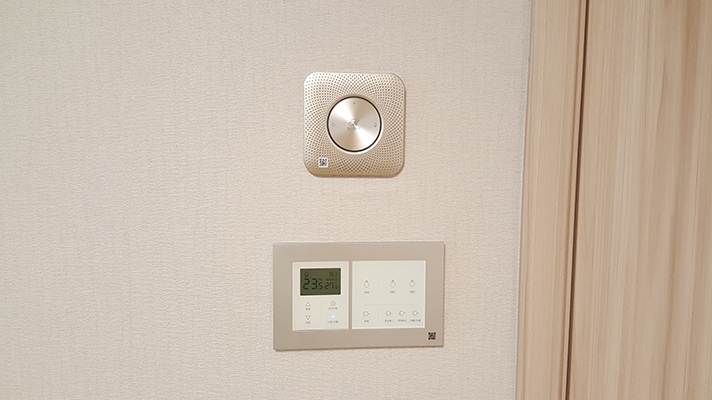
The role of Voice-Home service is similar to that of the general AI speaker at home. But it’s special in that the voice recognition device is installed at an apartment. When the developer was designing the apartment, they considered the voice recognition speaker so that the residents wouldn’t have to purchase a separate voice recognition speaker to enjoy the voice recognition service at home. Hyundai Engineering & Construction also collaborated with Hyundai Motor Group and developed the Home to Car product, which allows you to control your automobile from home. Through the Voice-Home voice recognition device at home, you can use voice orders to control the automobile status. You can control automobile power, A/C, door lock service, emergency light, alarm, etc. Hyundai Engineering & Construction’s Voice-Home is also researching a technology that can control home appliances. It is currently being developed jointly with Samsung Electronics and LG Electronics so that home IoT appliances will be controlled by voice.
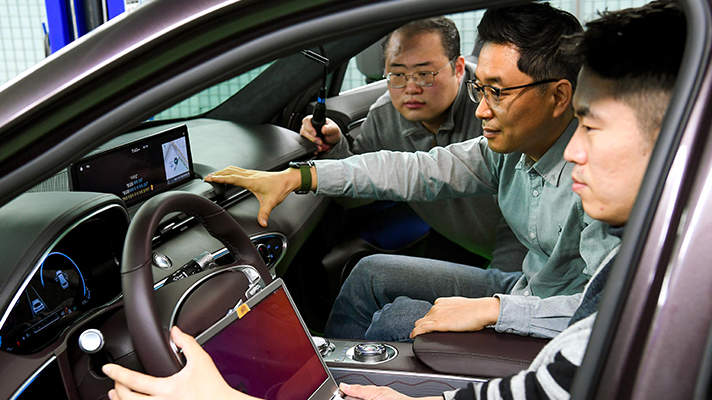
Voice recognition technology is also being applied to areas that require expert knowledge. Hyundai Motor Group recently introduced the next generation ‘connected car AI voice recognition technology’ which can control various functions and systems in a car based on much improved natural language orders. This technology was connected to the voice recognition technology from the design stage to expand the types and scope of the providing service. For example, if an unknown alarm light is turned on the dashboard, the user could push the voice recognition button without any help from the repair service center and ask “why is this alarm light on?” to receive an according answer. If one needs information on automobile management, the customer also can press the voice recognition button instead of looking up the manual. You can also control various automobile systems and functions with voice orders, like “change the indoor mood light to red” or “set the passenger seat to 23 degrees,” etc.
Through the next generation connected car AI voice recognition technology, Hyundai Motor Group plans to regularly update voice orders that reflect various information and situation related to automobile life such as car vocabulary and operating methods to continuously enhance the quality and satisfaction level of connected car service.
Voice recognition technology, which could only comprehend numbers, now answers user questions smartly. It can even recognize complex, various long voice expressions. As AI collects further quality data, the quality of answers will improve, and contents be richer. What will be the next stage for voice recognition technology? Even if we can’t see what it will look like clearly, we definitely know for sure that it will make our lives a lot richer.
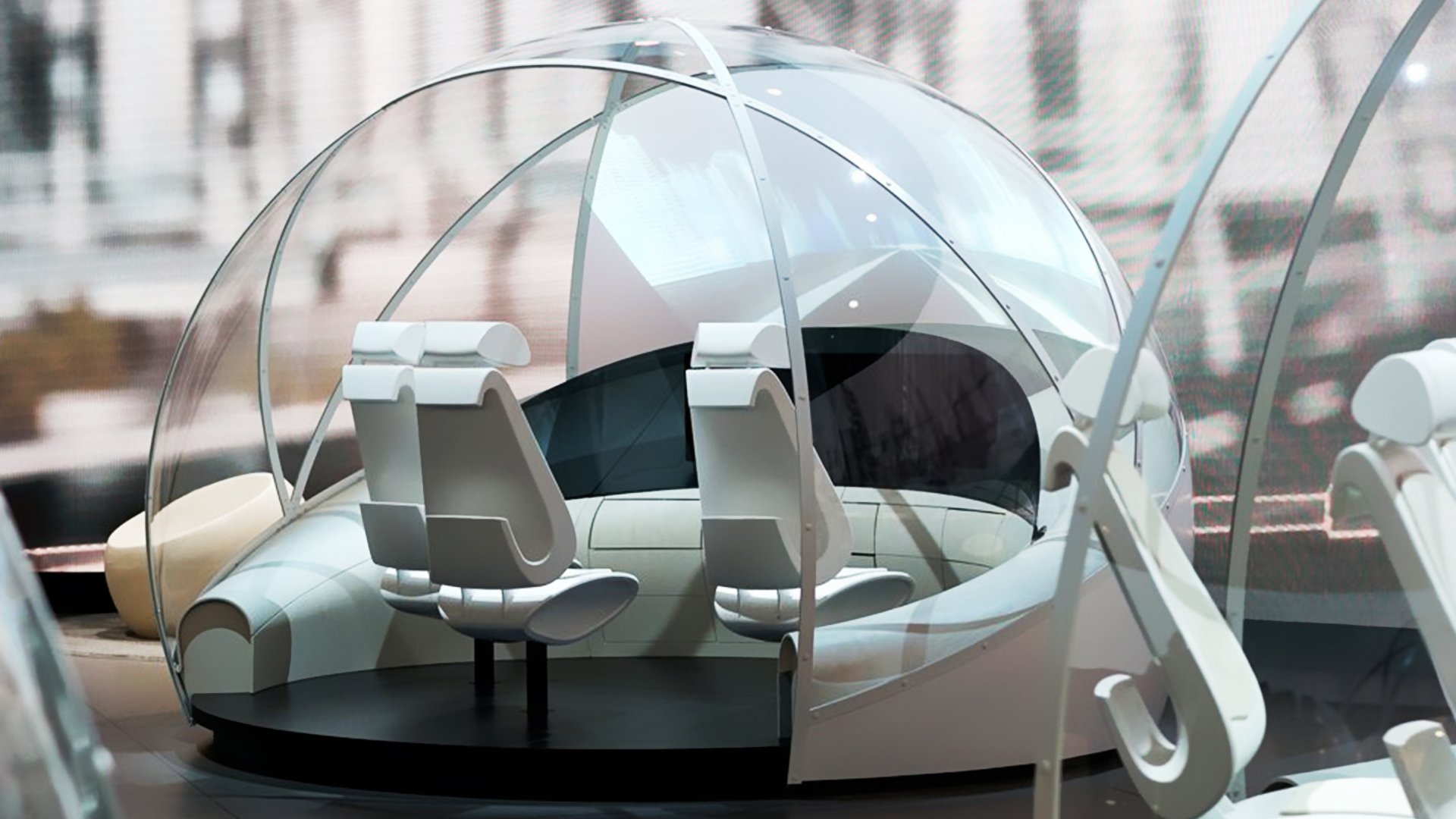
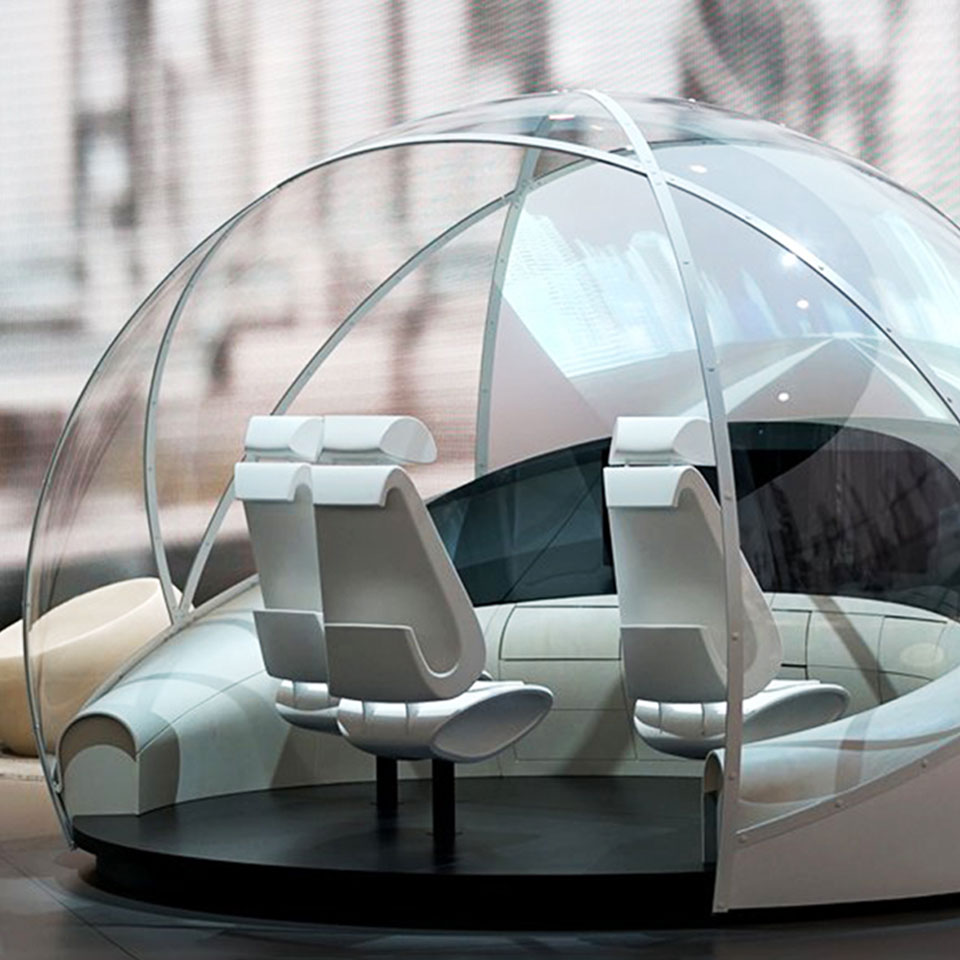
Cars Becoming Smart Devices
2021.12.27 6min read